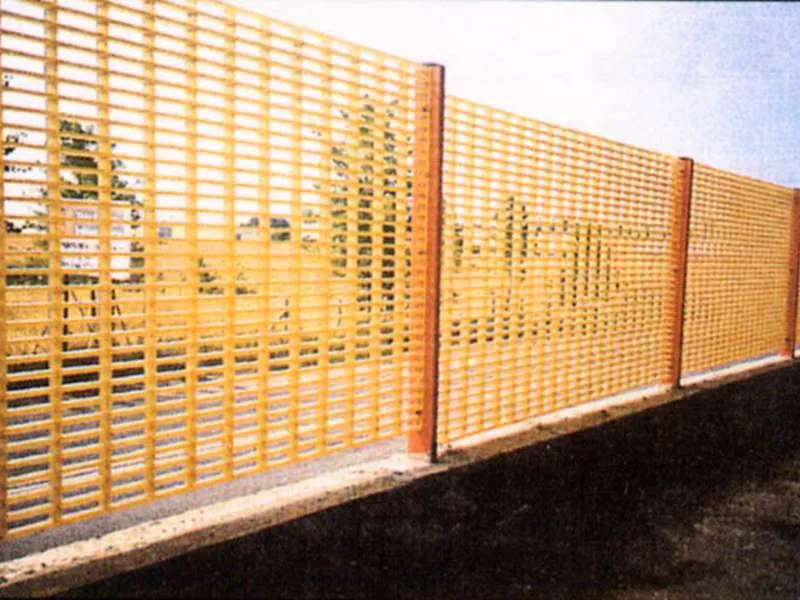
-
 Afrikaans
Afrikaans -
 Albanian
Albanian -
 Amharic
Amharic -
 Arabic
Arabic -
 Armenian
Armenian -
 Azerbaijani
Azerbaijani -
 Basque
Basque -
 Belarusian
Belarusian -
 Bengali
Bengali -
 Bosnian
Bosnian -
 Bulgarian
Bulgarian -
 Catalan
Catalan -
 Cebuano
Cebuano -
 China
China -
 China (Taiwan)
China (Taiwan) -
 Corsican
Corsican -
 Croatian
Croatian -
 Czech
Czech -
 Danish
Danish -
 Dutch
Dutch -
 English
English -
 Esperanto
Esperanto -
 Estonian
Estonian -
 Finnish
Finnish -
 French
French -
 Frisian
Frisian -
 Galician
Galician -
 Georgian
Georgian -
 German
German -
 Greek
Greek -
 Gujarati
Gujarati -
 Haitian Creole
Haitian Creole -
 hausa
hausa -
 hawaiian
hawaiian -
 Hebrew
Hebrew -
 Hindi
Hindi -
 Miao
Miao -
 Hungarian
Hungarian -
 Icelandic
Icelandic -
 igbo
igbo -
 Indonesian
Indonesian -
 irish
irish -
 Italian
Italian -
 Japanese
Japanese -
 Javanese
Javanese -
 Kannada
Kannada -
 kazakh
kazakh -
 Khmer
Khmer -
 Rwandese
Rwandese -
 Korean
Korean -
 Kurdish
Kurdish -
 Kyrgyz
Kyrgyz -
 Lao
Lao -
 Latin
Latin -
 Latvian
Latvian -
 Lithuanian
Lithuanian -
 Luxembourgish
Luxembourgish -
 Macedonian
Macedonian -
 Malgashi
Malgashi -
 Malay
Malay -
 Malayalam
Malayalam -
 Maltese
Maltese -
 Maori
Maori -
 Marathi
Marathi -
 Mongolian
Mongolian -
 Myanmar
Myanmar -
 Nepali
Nepali -
 Norwegian
Norwegian -
 Norwegian
Norwegian -
 Occitan
Occitan -
 Pashto
Pashto -
 Persian
Persian -
 Polish
Polish -
 Portuguese
Portuguese -
 Punjabi
Punjabi -
 Romanian
Romanian -
 Russian
Russian -
 Samoan
Samoan -
 Scottish Gaelic
Scottish Gaelic -
 Serbian
Serbian -
 Sesotho
Sesotho -
 Shona
Shona -
 Sindhi
Sindhi -
 Sinhala
Sinhala -
 Slovak
Slovak -
 Slovenian
Slovenian -
 Somali
Somali -
 Spanish
Spanish -
 Sundanese
Sundanese -
 Swahili
Swahili -
 Swedish
Swedish -
 Tagalog
Tagalog -
 Tajik
Tajik -
 Tamil
Tamil -
 Tatar
Tatar -
 Telugu
Telugu -
 Thai
Thai -
 Turkish
Turkish -
 Turkmen
Turkmen -
 Ukrainian
Ukrainian -
 Urdu
Urdu -
 Uighur
Uighur -
 Uzbek
Uzbek -
 Vietnamese
Vietnamese -
 Welsh
Welsh -
 Bantu
Bantu -
 Yiddish
Yiddish -
 Yoruba
Yoruba -
 Zulu
Zulu
Benefits of Using Fire Resistant Fiberglass in Construction and Safety Applications
Fire Retardant Fiberglass An Essential Material for Safety and Durability
In today’s increasingly safety-conscious world, the demand for materials that can withstand extreme conditions has never been higher. One such material that has garnered significant attention is fire retardant fiberglass. This innovative composite material combines the inherent strength and flexibility of fiberglass with fire-resistant properties, making it a popular choice across various industries, from construction to automotive and aerospace.
Fiberglass itself is a composite material made from fine glass fibers that are woven together and then combined with a resin to form a solid structure. It is known for its exceptional strength-to-weight ratio, corrosion resistance, and ease of fabrication. However, traditional fiberglass can pose fire hazards, as it is not inherently fire retardant. To address this concern, manufacturers have developed fire retardant fiberglass by integrating special additives that enhance the material’s resistance to ignition and reduce smoke emissions during a fire.
One of the key advantages of fire retardant fiberglass is its ability to prevent the spread of flames. When exposed to high temperatures, the additives in fire retardant fiberglass generate a char layer that acts as a protective barrier, slowing down the combustion process. This property is especially vital in environments where fire hazards are prevalent, such as industrial settings, transportation, and residential buildings.
In construction, for instance, fire retardant fiberglass is increasingly being used in insulation, wall panels, and roofing materials. These applications not only enhance fire safety but also contribute to energy efficiency. The flexibility of fiberglass allows for easy installation, while its durability ensures long-lasting performance. Additionally, the use of fire retardant fiberglass in construction can often lead to lower insurance premiums due to the reduced risk of fire damage.
fire retardant fiberglass

In the automotive industry, fire retardant fiberglass is used in various applications, including interior panels and structural components. The lightweight nature of fiberglass helps improve fuel efficiency in vehicles, while its fire-resistant characteristics provide added safety for passengers. In the event of a fire, fire retardant fiberglass can help contain flames and reduce toxic smoke, giving occupants precious extra moments to escape.
Aerospace is another sector that benefits significantly from fire retardant fiberglass. Aircraft are required to meet stringent safety regulations, and the materials used must withstand extreme temperatures and potential fire hazards. Fire retardant fiberglass is an ideal solution due to its strength, lightweight properties, and ability to endure intense heat. Whether used in cabin interiors, cargo areas, or structural components, this material plays a crucial role in enhancing the safety of air travel.
Moreover, the versatility of fire retardant fiberglass extends to recreational applications, including boats and recreational vehicles. The marine industry values this material for its resistance to rot and corrosion, which, combined with its fire retardant properties, ensures both safety and longevity in challenging environments.
As awareness of fire safety continues to grow, so does the innovation surrounding fire retardant fiberglass. Researchers are constantly exploring new formulations and applications that enhance its fire-resistant capabilities while maintaining the lightweight and durable nature that fiberglass is known for.
In conclusion, fire retardant fiberglass is an essential material that offers a perfect blend of safety, durability, and versatility. Its ability to prevent the spread of flames and protect against heat makes it indispensable across numerous industries. As we advance in technology and safety standards, the importance of fire retardant fiberglass only stands to grow, paving the way for safer environments and enhanced performance in various applications.
Latest news
-
Exploring the Benefits of Top Hammer Drifter Rods for Enhanced Drilling PerformanceNewsJun.10,2025
-
High-Precision Fiberglass Winding Machine for GRP/FRP Pipe Production – Reliable & Efficient SolutionsNewsJun.10,2025
-
FRP Pipes & Fittings for Shipbuilding - Corrosion-Resistant & LightweightNewsJun.09,2025
-
Premium FRP Flooring Solutions Durable & Slip-ResistantNewsJun.09,2025
-
Premium Fiberglass Rectangular Tanks Durable & Lightweight SolutionNewsJun.09,2025
-
Tapered Drill String Design Guide Durable Performance & UsesNewsJun.09,2025









